Tariffs and Trust: Preserving a Vital Strategic Bond
The recent decision of the U.S. Federal Court of Appeals, by a 7-4 majority, striking down the imposition of tariffs, and the outcome of the Trump administration’s appeal to the Supreme Court, are being closely watched in India.
 Indian flag, 3D-printed miniature model depicting U.S. President Donald Trump and the word / REUTERS/Dado Ruvic/Illustration/File Photo
Indian flag, 3D-printed miniature model depicting U.S. President Donald Trump and the word / REUTERS/Dado Ruvic/Illustration/File Photo
The post-World War II world order stands not upon U.S. military might alone, but upon an intricate mosaic of alliances, economic interdependence, and a rules-based framework assiduously constructed by the United States over the past eight decades.
The genius of the U.S. Security architecture lies in recognizing that American security and prosperity are inextricably bound to the security and prosperity of key regions across the globe.
The Trump administration's aggressive imposition of tariffs, framed within a rhetoric of economic nationalism, constitutes not merely a recalibration of trade policy but a profound act of geopolitical malpractice, actively dismantling this intricate strategic architecture, born from the ashes of the Second World War and the exigencies of the Cold War.
The historical basis for American protectionism was verbalised vociferously by its first Treasury Secretary, Alexander Hamilton. It was inherently developmental and temporary, designed to nurture vulnerable infant industries within a nascent republic operating in an era of explicit isolationism.
Hamilton’s vision was never intended as a blueprint for a global superpower deeply embedded in a network of alliances and security commitments.
Also Read: U.S. Tariffs on India – A Blow to the Economy and a Warning for the Future
President Donald Trump’s application of protectionism, however, reveals a troubling inconsistency in statutory interpretation: where the Fourteenth Amendment’s birth-right citizenship clause is subjected to contextual analysis to "cure a mischief," the Tariff Act of 1930 and subsequent legislation are construed with rigid literalism to justify sweeping import duties, prioritising immediate, often opaque, domestic political or perceived economic gains over the stability derived from consistent adherence to established international norms – norms the U.S. itself championed and upon which its security edifice rests.
The recent decision of the U.S. Federal Court of Appeals, by a 7-4 majority, striking down the imposition of tariffs, and the outcome of the Trump administration’s appeal to the Supreme Court, are being closely watched in India.
The Indo-U.S. bonhomie was a late entrant to the United States' global construct of alliances and arrangements, despite President Franklin D. Roosevelt's strong push on Winston Churchill to liberate India from the early days of the Second World War.
On August 14, 1941, Roosevelt insisted that a clause on self-determination be included in the Atlantic Charter. Even during the Sino-Indian Border war in October-November 1962, President Kennedy, at the instance of his Ambassador in New Delhi, the Harvard Professor, John Kenneth Galbraith, adopted a very forward-leaning posture. However, by 1971, India and the former USSR were bound by a treaty of peace, friendship, and cooperation.
The Indo-U.S. stars were just not aligned. It was only after the end of the Cold War and more so after the 1998 Nuclear tests by India and then Pakistan, respectively, that the Jaswant Singh-Strobe Talbot dialogue started resetting the Indo-U.S. relationship.
The repeated and infantile statements that emanate from Peter Navarro and other elements of the Republican establishment, accusing India of being Russia’s laundromat, are not only insulting but also factually misleading.
European Union countries accounted for 23% of Russia’s oil and gas revenues, compared to India’s 13%. Moscow has raked in EUR 923 billion so far from fossil fuels. Of this, EUR 212 billion came from EU countries compared with EUR 121 billion from India.
Recent statements by the new U.S. Ambassador designate at his Senate confirmation hearings may have a salutary impact, but a lot of damage has unfortunately been done, thereby reinforcing the scepticism in New Delhi qua the U.S. reliability as a strategic partner when the chips are down.
The trajectory of U.S.-India relations serves as a potent microcosm of both the potential inherent in this post-war architecture and its alarming current fragility under the strain of Trump’s doctrine.
For decades, India was viewed ambivalently through a Cold War prism, often overshadowed and strategically disadvantaged by the U.S.-Pakistan-China nexus. Pakistan, despite its undeniable role as an incubator for jihadist groups like those that attacked Mumbai in 2008 and the sanctuary it provided Osama bin Laden, continued to receive significant military aid, viewed through the lens of regional realpolitik.
India’s emergence as a pivotal strategic partner is a relatively recent phenomenon, painstakingly cultivated over the past quarter-century. The tentative steps initiated during the Clinton-Vajpayee era found concrete expression in the landmark U.S.-India Civilian Nuclear Agreement, signed under President Bush and Prime Minister Manmohan Singh, a symbolic and substantive breakthrough that overcame decades of non-proliferation orthodoxy.
This partnership deepened significantly under Presidents Obama, Biden, and Trump, as well as Prime Minister Modi, driven largely by shared democratic values and, more pressing, converging concerns over an assertive China, which manifested in frameworks such as the Quadrilateral Security Dialogue (Quad) and the Indo-Pacific strategic concept.
President Trump’s tariff policies, however, threaten to unravel these decades of patient statecraft through a combination of perceived motivations: a fundamentally transactional, corporate mindset misapplied to grand strategy, prioritising narrow, short-term "deals" over alliance cohesion; the potential for private financial gain leveraging the market volatility induced by tariff threats; a deliberate strategy to contain the economic and political rise of the BRICS nations, challenging the Western-dominated G7; or a blunt instrument to pressure nations like India on unrelated issues, such as ending the Ukraine conflict by coercing reductions in trade barriers.
India possesses significant strategic autonomy absent in traditional U.S. treaty allies: a diversified arms procurement portfolio spanning Russia, France, Israel, and domestic production; growing defense industrial self-reliance; independent nuclear deterrence; a formidable military ranked fourth globally in firepower; and a massive domestic market less susceptible to external coercion.
New Delhi will unhesitatingly prioritise its national interests. The apparent shift in South Asia policy signals a bewildering reversal of the post-9/11 consensus and directly undermines counter-terrorism cooperation with India, raising fundamental questions about U.S strategic priorities and consistency.
By forcing nations into binary choices, Trump, echoing Nixon’s diplomatic pressure but lacking its strategic subtlety, effectively pushes Delhi closer to Moscow.
Realpolitik is not an American monopoly; should the EU, Russia, China, and India abandon established frameworks in response to US actions, the entire global strategic calculus would face a fundamental, unpredictable alteration.
The writer is a lawyer, third-term Member of Indian Parliament, and former Information & Broadcasting Minister of the Government of India.
(The views and opinions expressed in this article are those of the author and do not necessarily reflect the official policy or position of India Abroad)
ADVERTISEMENT
ADVERTISEMENT
E Paper
Video




1758207896.png) Manish Tewari
Manish Tewari
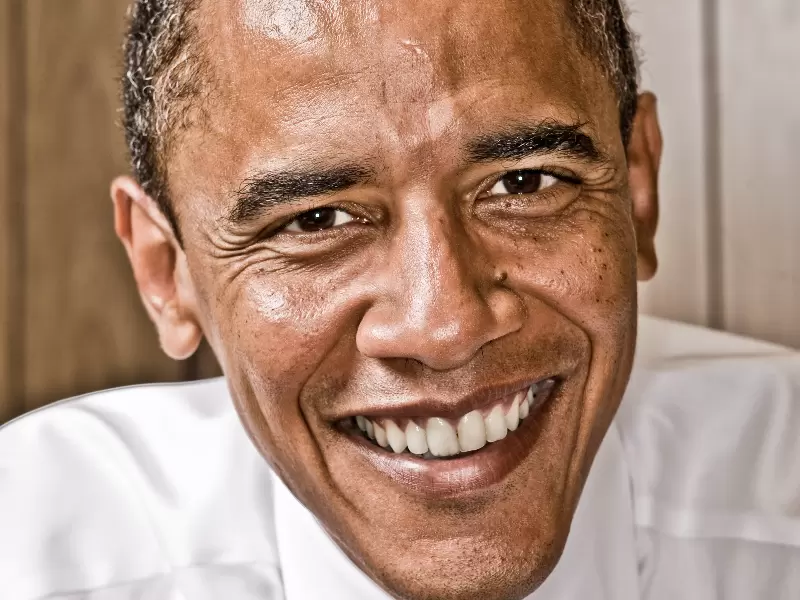

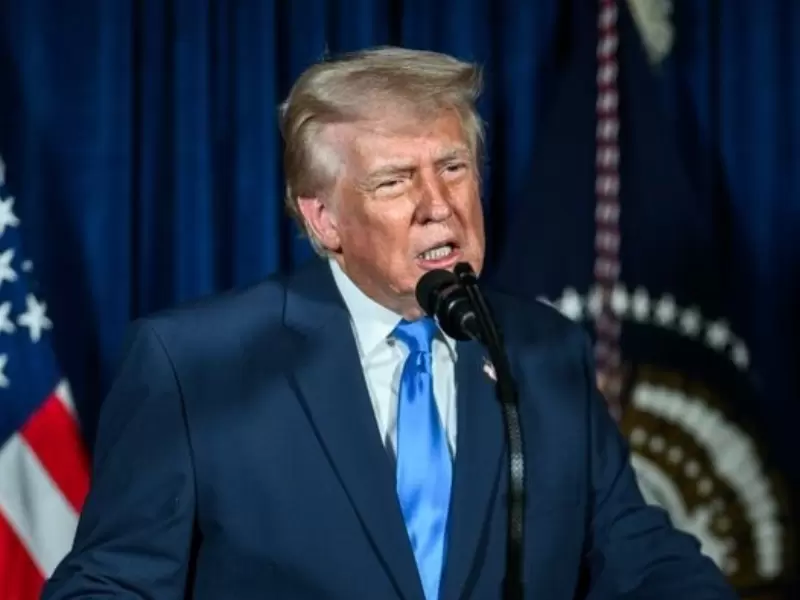
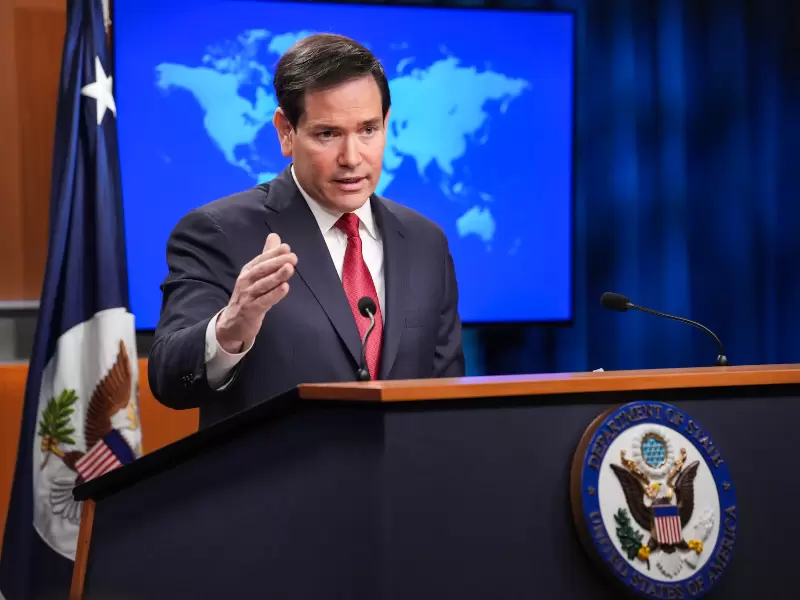
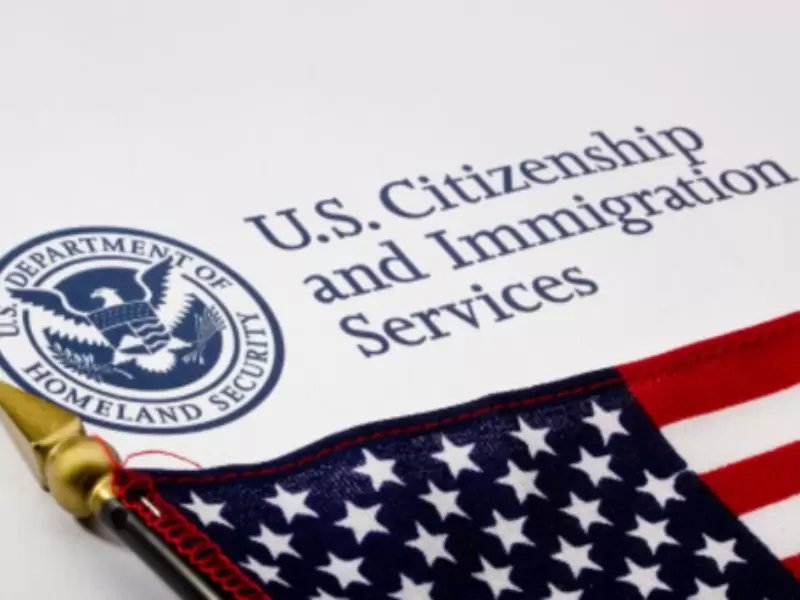
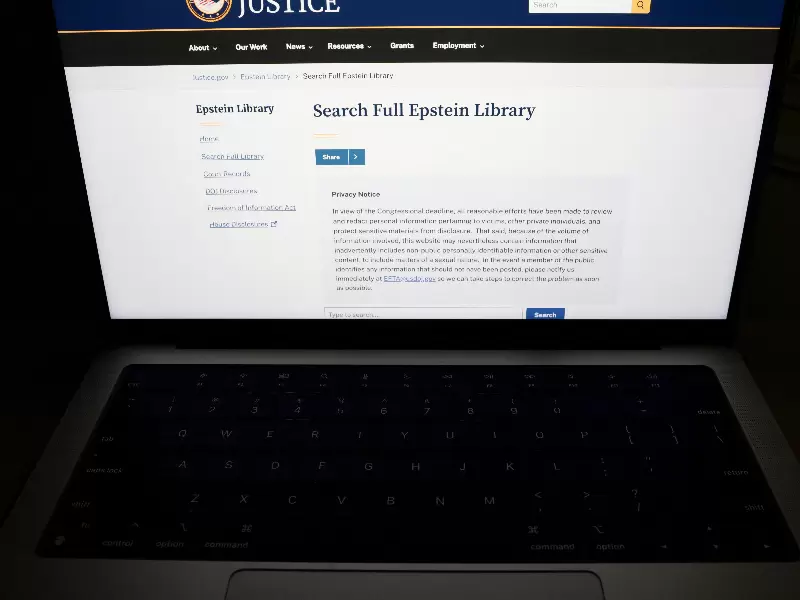


.JPG)



Comments
Start the conversation
Become a member of New India Abroad to start commenting.
Sign Up Now
Already have an account? Login